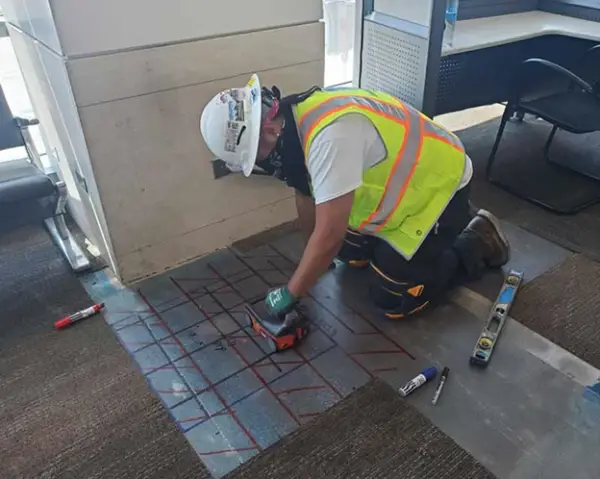Specific gravity is defined as the ratio of weight of the aggregate to the weight of an equal volume of water at a specified temperature.
- The water absorption is defined as the amount of water absorbed by the aggregate which is expressed as a percentage of its dry weight.
- This test is conducted to determine the density and porosity of aggregates.
- This test is conducted to evaluate void content and bulk density of the aggregate to determine its suitability to concrete and asphalt mixtures.
- The specifications for this test are given in IS : 2386 Part III 1963 Specific gravity, Voids, Density ,Absorption and Bulking.
Procedure
- The procedure for aggregates whose size is coarser than 10 mm is listed below.
- A sample of aggregate weighing 2 kg is washed thoroughly to remove dust, finer particles adhered to the aggregates, placed in a wire basket and then immersed in distilled water.
- After immersion, the entrapped air is released by raising the basket, holding it 25 mm above the tank’s bottom and letting it fall 25 times at a rate of roughly one drop every second.
- The basket and the aggregates are completely immersed in water for a period of 24 ± ½ hours and are jolted, weighed in water (A1).
- Both the basket and aggregates are removed from water and dried, after that the empty basket is again immersed in water and jolted for 25 times, which is weighed in water (A2).
- The aggregate which is surface dry is weighed in air (B).
- Then the aggregate is oven- dried for 24 ± ½ hours and cooled in air -tight container which is weighed (C)

Where, A = Weight in gm of the saturated aggregate in water (A1- A2)
B = Weight in gm of the saturated surface dry aggregate in air
C = Weight in gm of oven – dried aggregate in air
Note
Average specific gravity of rocks varies from 2.6 to 2.8.

Properties of some of the Indian aggregates







